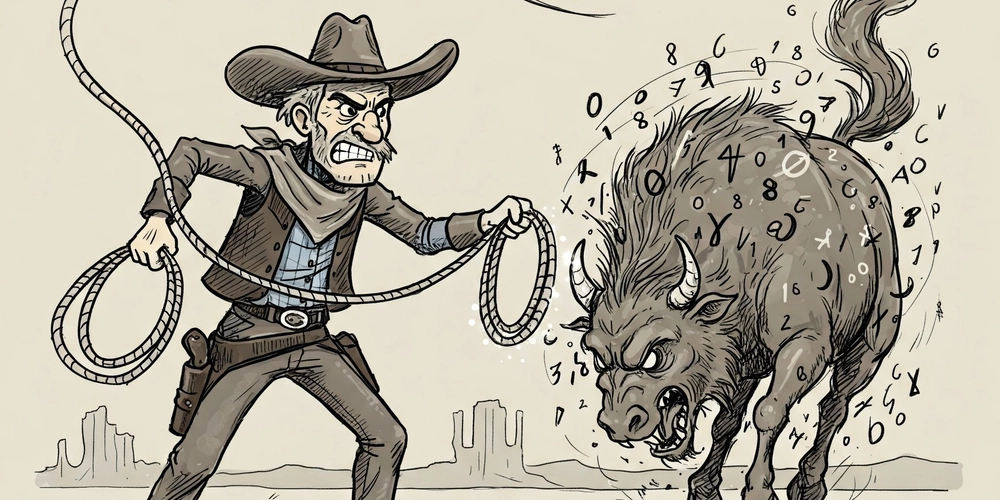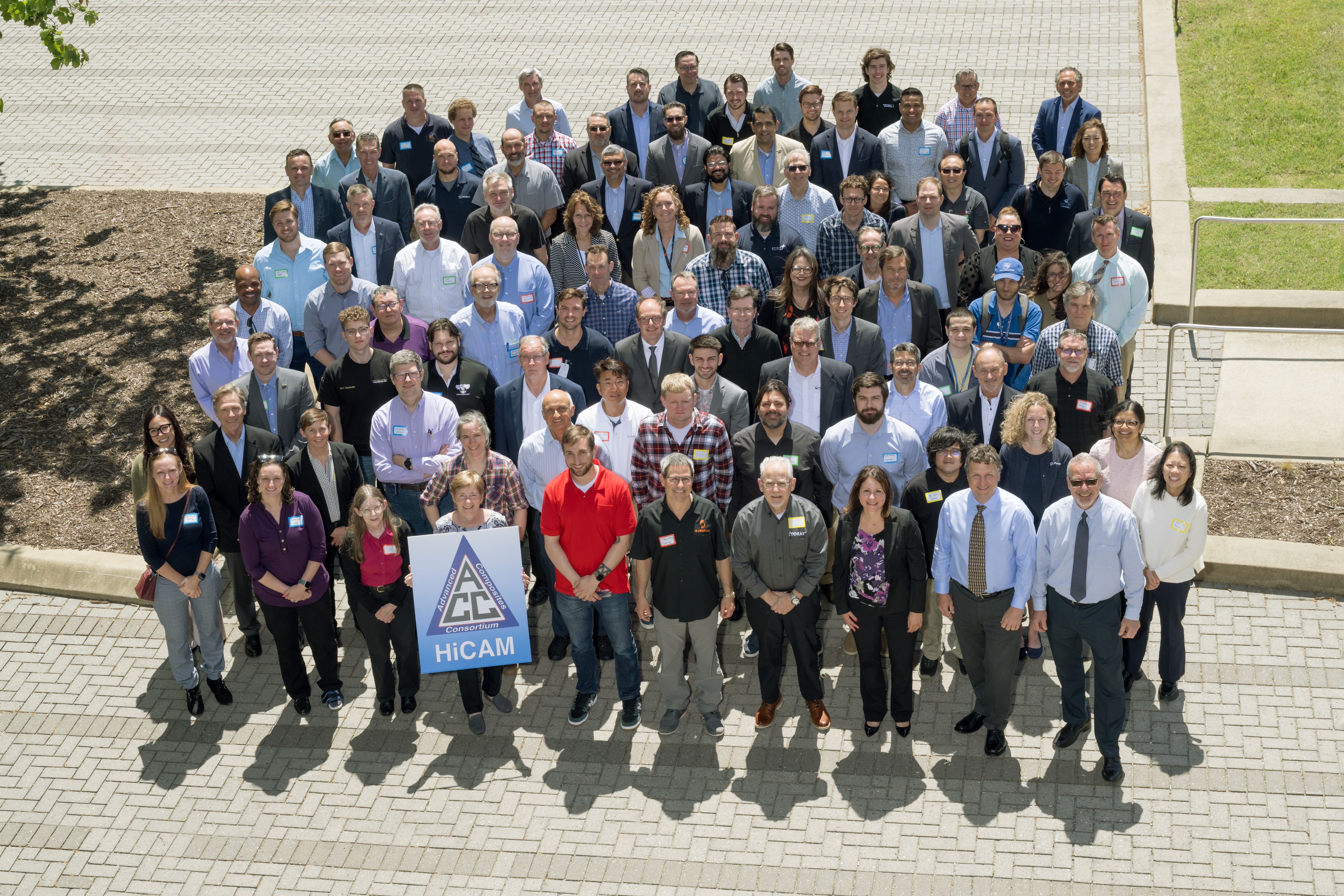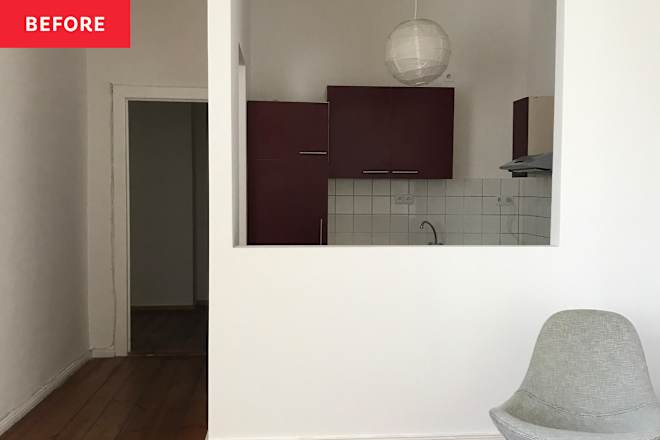Knit Repair: Restoring the Beauty and Longevity of Your Favorite Garments
However, the very nature of knit fabric—created by interlocking loops of yarn—makes it uniquely vulnerable to damage. Snags, holes, runs, thinning areas, and stretched stitches are all common issues that can affect knit garments over time. That’s where professional knit repair services come in, offering expert restoration that preserves the structure, appearance, and functionality of your most treasured pieces.

Knitwear has long been cherished for its comfort, warmth, and timeless style. From luxurious cashmere sweaters and classic wool cardigans to delicate scarves and everyday pullovers, knits are a staple in many wardrobes. However, the very nature of knit fabric—created by interlocking loops of yarn—makes it uniquely vulnerable to damage. Snags, holes, runs, thinning areas, and stretched stitches are all common issues that can affect knit garments over time. That’s where professional knit repair services come in, offering expert restoration that preserves the structure, appearance, and functionality of your most treasured pieces.
More than a simple fix, knit repair is a specialized craft that blends precision, textile knowledge, and an artistic eye. It’s not just about making something wearable again—it’s about bringing it back to life.
Understanding Knit Fabric and Its Vulnerabilities
To appreciate the value of professional knit repair, it’s helpful to understand what makes knit fabric distinct. Unlike woven textiles, which are made by interlacing two sets of threads at right angles, knitted fabrics are constructed by looping a single thread in rows or rounds. This looped structure gives knitwear its stretch, softness, and flexibility—but also makes it more prone to issues such as:
-
Snags: When a thread is pulled out of alignment, leaving a loop or bump.
-
Holes: Caused by moth damage, friction, or sharp objects.
-
Runs or ladders: When a stitch breaks, and the fabric begins to unravel vertically.
-
Thinning: Repeated wear, especially at elbows, cuffs, and underarms, can cause yarn to break down.
-
Stretching or distortion: Poor storage or laundering can alter the garment’s original shape.
Each type of damage presents unique challenges, which is why knit repair requires specific techniques and a keen understanding of fiber behavior.
The Role of Professional Knit Repair
While many people associate repairs with quick fixes or patch jobs, professional knit repair is far more sophisticated. Skilled textile restoration experts treat each garment as a unique project, carefully evaluating the damage and choosing the most appropriate method to restore its appearance and durability. The goal is always to return the piece as close to its original condition as possible, without visible signs of repair.
Knit repair is particularly important for garments made from:
-
Cashmere
-
Merino wool
-
Alpaca
-
Silk blends
-
Luxury cotton
-
Hand-knit pieces
These materials are delicate, often expensive, and difficult to replace. A well-executed repair can dramatically extend the life of such garments while maintaining their look and feel.
Common Knit Repair Techniques
Professional knit repair involves a range of techniques, each suited to different types of damage and garment construction. The most commonly used methods include:
1. Invisible Mending
One of the most advanced and sought-after forms of knit repair, invisible mending involves reknitting the damaged area using matching yarn and replicating the original stitch pattern. This technique is labor-intensive and requires great skill, but it can produce repairs that are virtually undetectable. It’s ideal for high-end garments where appearance is critical.
2. Swiss Darning (Duplicate Stitch)
This method involves overlaying new yarn over the existing knit stitches, essentially “drawing” the original pattern on top of the fabric. Swiss darning is excellent for reinforcing worn areas, repairing small holes, or patching thinning spots in a way that blends naturally with the original knit.
3. Grafting and Kitchener Stitch
Used to join two knitted edges seamlessly, grafting is commonly employed when repairing large holes or reattaching separated pieces. It’s often used in toe repairs on socks, shoulder seams, or across split stitches.
4. Needle Felting
For wool garments, needle felting involves fusing wool fibers into the damaged area using a special barbed needle. This method is less invisible than reknitting but provides a strong, natural-looking result that works well with textured or heavier knits.
5. Patching and Creative Mending
When a completely invisible repair isn't feasible, some knit repairs use visible mending techniques with artistic flair. This may include colorful patches, embroidered accents, or contrasting thread to make the repair a feature rather than a flaw—an aesthetic known as “visible mending” that celebrates repair as part of a garment’s story.
The Benefits of Professional Knit Repair
Choosing a professional knit repair service offers several meaningful benefits:
1. Preserve Valuable Pieces
Whether it’s a luxury cashmere sweater or a hand-knitted gift from a loved one, some garments are simply irreplaceable. Repairing them allows you to continue enjoying their comfort, beauty, and sentimental value.
2. Promote Sustainability
In a world increasingly aware of fashion’s environmental impact, repairing rather than discarding damaged clothing helps reduce textile waste. Knit repair is a tangible step toward more sustainable, circular fashion habits.
3. Maintain Quality and Comfort
A well-repaired knit garment retains its softness, fit, and warmth—qualities that can be lost with improper repairs or quick fixes. Professional restoration ensures that the repaired area looks and feels just like the rest of the garment.
4. Extend Wardrobe Life
By repairing rather than replacing, you’re extending the life of your garments and maximizing your investment. Many professionally repaired sweaters last for years after restoration.
5. Artistic and Customized Solutions
Professionals not only restore garments but also offer aesthetic judgment. Whether you're aiming for invisibility or a unique statement, repair specialists tailor their approach to meet your goals and the garment’s needs.
Ideal Garments for Knit Repair
While virtually any knitted garment can be considered for repair, some are particularly well-suited:
-
Sweaters and cardigans
-
Knit dresses and skirts
-
Wool scarves, hats, and gloves
-
Socks and tights
-
Handmade knitwear
-
Vintage or heirloom knits
Even heavily damaged items may still be repairable, especially if the rest of the garment is structurally sound. A professional evaluation can determine the best course of action.
Preventing Future Damage
After a successful repair, proper care is essential to keep your knitwear looking its best. Experts often provide advice on:
-
Proper storage: Fold knits rather than hang them to avoid stretching, and store in breathable containers with moth repellents.
-
Gentle cleaning: Hand wash with appropriate detergents or use professional cleaning services for delicate pieces.
-
Avoiding friction: Be mindful of activities or accessories that could snag or wear down the fibers.
Taking care of your knits not only prevents new damage but also helps you get the most out of each professional repair.
Final Thoughts
Knitwear connects us to warmth, comfort, and style—but it also deserves protection and preservation. When damage strikes, a trusted knit repair service can restore even the most delicate or treasured garment to its former beauty. From subtle reweaving to creative stitching, these expert repairs offer more than just a fix—they offer a second life for the clothing you love.
In choosing repair over replacement, you're not just saving a garment—you're embracing a deeper respect for craftsmanship, sustainability, and personal style. And in doing so, you make every stitch count.
















































































